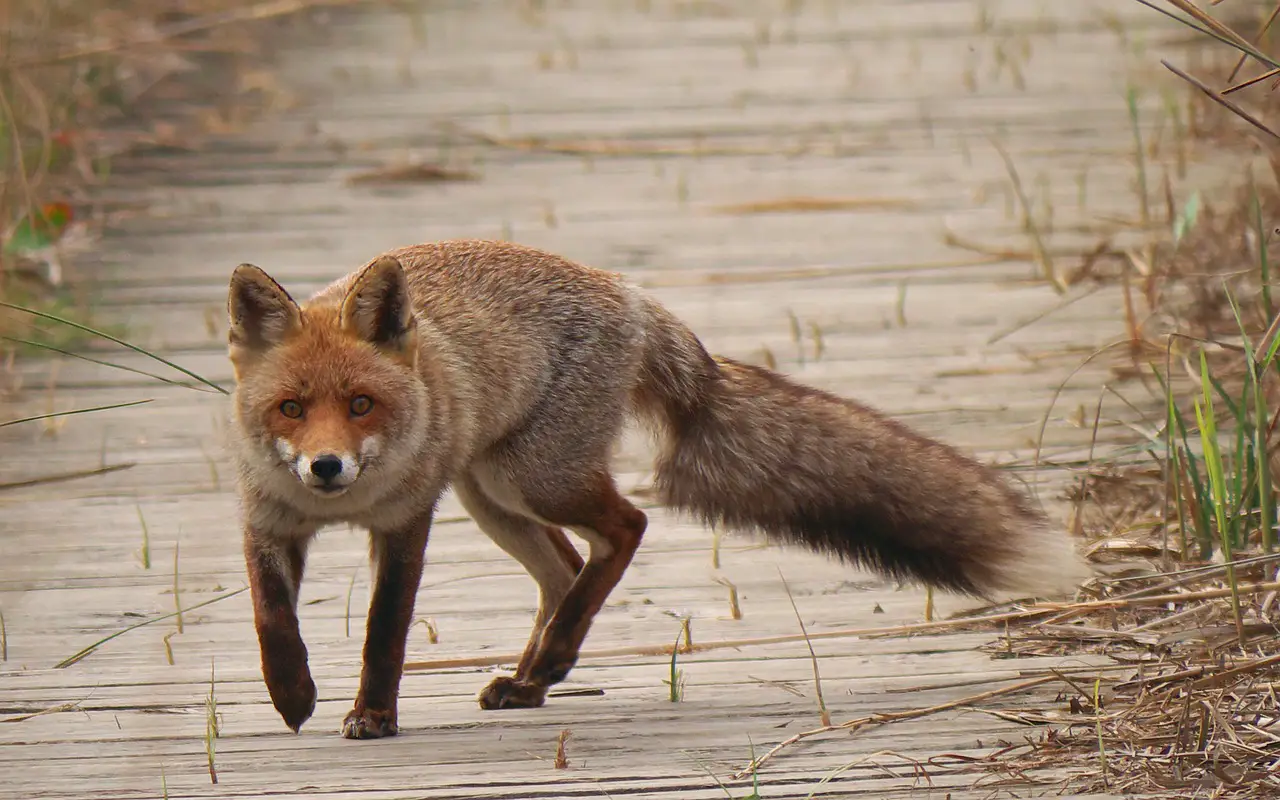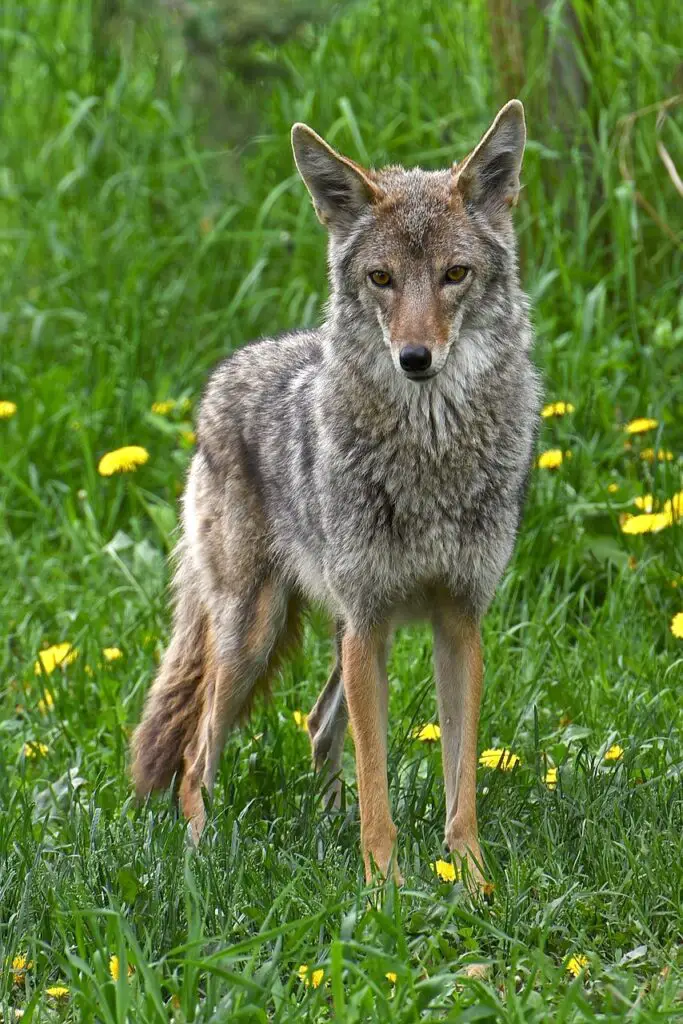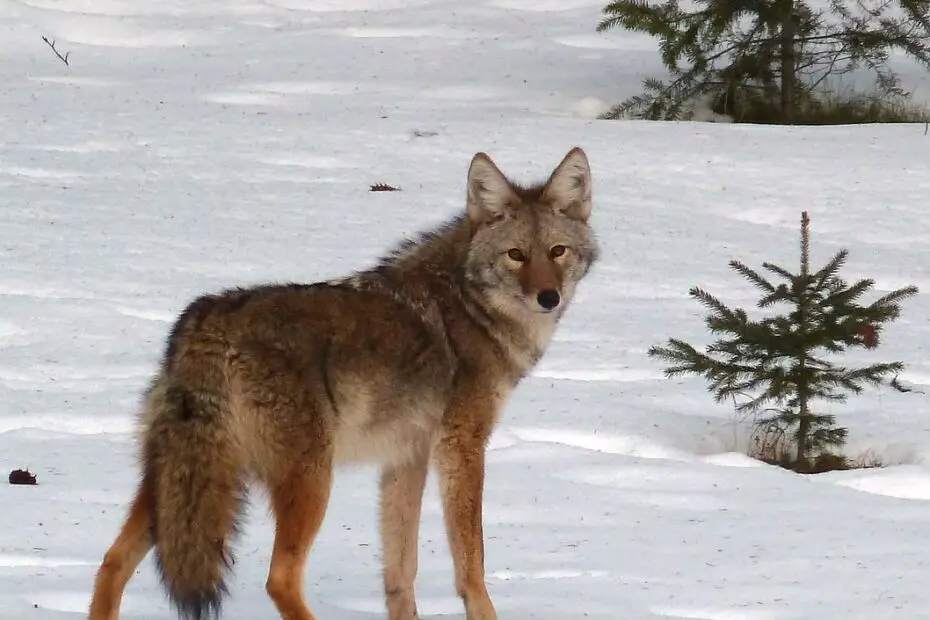Coyote vs fox, what is the difference? When it comes to wild canids, coyotes and foxes are two of the most captivating and often misunderstood creatures. Their elusive nature, adaptability, and cunning behavior make them fascinating subjects of study. While coyotes and foxes belong to the same family, Canidae, they have distinct characteristics that set them apart. In this article, we will delve into the similarities and differences between coyotes and foxes, exploring their taxonomy, physical attributes, behaviors, and ecological roles.
You may also want to know the difference between a ferret and a weasel.
Introduction
Coyotes and foxes have intrigued humans for centuries with their cunning ways and adaptability to diverse environments. These canids exhibit unique behaviors and possess remarkable adaptations that enable them to thrive in various habitats across the globe. Understanding the similarities and differences between these fascinating creatures allows us to appreciate their ecological roles and the significance they hold in the natural world.
Coyote vs Fox: Similarities
Although coyotes and foxes are distinct species, they share several similarities that stem from their common ancestry within the Canidae family.

Taxonomy and Classification
Both coyotes and foxes belong to the same family, Canidae, which also includes wolves and domestic dogs. This classification highlights their close genetic relationship and evolutionary history.
Coyote vs Fox: Physical Characteristics
Coyotes and foxes exhibit similar physical characteristics, such as slender bodies, bushy tails, and pointed ears. Their fur coloration varies, but they commonly possess reddish-brown or grayish coats.
Habitat and Range
Coyotes and foxes are adaptable animals capable of surviving in diverse environments. They inhabit a wide range of habitats, including forests, grasslands, deserts, and urban areas, displaying their remarkable ability to adapt to changing landscapes.
Coyote vs Fox: Differences
While coyotes and foxes share commonalities, several key differences set them apart in terms of physical attributes, behavior, and ecological roles.
Size and Appearance
One noticeable difference between coyotes and foxes lies in their size. Coyotes are generally larger, with adult males weighing around 20-50 pounds, while foxes tend to be smaller, with adult males typically weighing between 8-20 pounds. Additionally, coyotes have a more robust build compared to the sleeker appearance of foxes.
Behavior and Social Structure
Coyotes are highly adaptable and display both solitary and social behaviors. They often form family groups consisting of a breeding pair and their offspring. In contrast, foxes are predominantly solitary animals, although they may pair up during the breeding season.
Diet and Hunting Habits
Coyotes have a broader diet, characterized as opportunistic omnivores. They consume a variety of prey, including small mammals, birds, reptiles, and even plant matter. Foxes, on the other hand, primarily feed on small mammals, birds, insects, and fruits, displaying a more specialized hunting behavior.
Coyote vs Fox: Interactions and Competition
Given their overlapping habitats and similar dietary preferences, coyotes and foxes often compete for resources. In some cases, coyotes may outcompete foxes due to their larger size and ability to take down larger prey. However, foxes have their own adaptations, such as their agility and ability to exploit smaller prey, which allows them to coexist alongside coyotes in certain habitats.

Coyote vs Fox: Adaptations for Survival
Both coyotes and foxes possess remarkable adaptations that contribute to their survival in their respective habitats. These adaptations include keen senses, agility, and efficient hunting strategies that allow them to locate and capture prey. Their ability to adjust their behaviors and diets based on available resources has played a crucial role in their success as adaptable predators.
Coyotes and Foxes in Folklore and Culture
Coyotes and foxes hold significant cultural and symbolic meaning in various folklore and mythologies around the world. They often represent cunning, adaptability, and survival skills. These creatures have been featured in numerous stories, fables, and cultural beliefs, showcasing the enduring fascination and admiration humans hold for them.
Conclusion
Coyotes and foxes, despite their similarities as members of the Canidae family, possess distinct characteristics that set them apart. Understanding the differences and similarities between these intriguing animals allows us to appreciate their ecological roles and the intricate web of life they contribute to. As we delve into the world of coyotes and foxes, let us embrace the wonder of nature’s diversity and the complex relationships that shape our natural world.
FAQs
- Are coyotes and foxes dangerous to humans? Coyotes and foxes are generally wary of humans and tend to avoid direct interactions. However, as with any wildlife, it’s important to maintain a safe distance and not to approach or feed them.
- Can coyotes and foxes interbreed? While rare, interbreeding between coyotes and foxes, particularly red foxes, has been documented in certain regions. The resulting offspring, known as “coyotes,” exhibit a mix of physical traits from both parents.
- Do coyotes and foxes have natural predators? Coyotes and foxes have their own predators in the wild, including larger predators like wolves, bears, and mountain lions. However, human activities and habitat loss pose significant threats to their populations.
- Can coyotes and foxes coexist in the same habitat? Coyotes and foxes can coexist in the same habitat, although competition for resources can occur. Factors such as food availability, habitat structure, and territory size influence the extent of their coexistence.
- Can coyotes and foxes be kept as pets? Coyotes and foxes are wild animals and are not suitable as pets. In many regions, keeping them as pets is illegal due to their specific needs, natural behaviors, and potential risks to humans and other domestic animals.
